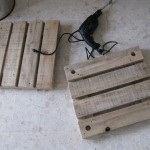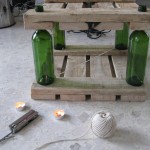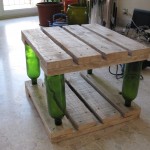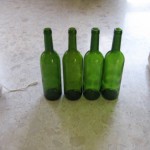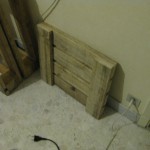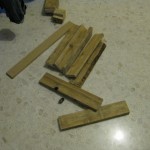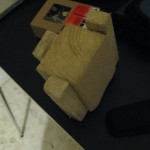Brussels, Belgium -> Groningen, The Netherlands
412 km dep: 13:50 arr: 20:30
Date: 23/07/2012
Weather: Sunny
Its a good thing this was a short day because I ended up leaving really late; last night certainly is to blame here. I met a Canadian, an American and a Cypriot at hostel and since we were all travelling alone, we decided to spend the night toghether. We spent most of the night at the Delirium Café, a bar with a selection of over 2000 beers and then we got beers and drank them right in the middle of the grand place. Afterwards, I went to bed like a rock and when I first opened my eyes, it was already past mid-day. That being said, I really enjoyed my time in Brussels, there is a lot to do and see and the city is dense both in history and culture; I will definately come back if I get the chance.
Getting out of Belgium was no trouble, but sadly, I had to take the highway for my map did not indicate a straighforward way through smaller roads. Because highways have a toll in france, there is always an alternate route that follows it through roads that are usually smaller and go through villages. In Belgium and in the Netherlands, this is not the case since highways are toll free. Still, I did manage to find a way to Groningen through the countryside.
In the Netherlands, everything is pristine, urbanised and modern whereas in Belgium, overflowing thrash cans are a common sight and so are abandonned buildings. When I arrived in Groningen, I went straight to the city center and walked around a bit. As I was eating a sandwich on a bench, what apeared to be an homeless person came to me and asked if he could share a conversation. I was not hoping for much but it turns out this man had a really interesting story to tell. He emigrated from Aruba to the Netherlands a couple of decades ago and had a career in restauration. A few years ago, while working in Germany, he interveined to stop another man from beating his girlfriend but ended up sending the man to the hospital with brain damage. The German justice system found him guilty of aggravated assault and locked him up with a sentence of two years. After serving 18 months in Germany, he was sent back to the Netherlands because of health issues and served the rest of his sentence there. When I met him, he has just been released.
It could have been another variation on the african prince hoax, but the man was clever, respectful, old, sober, polite, humble and most importantly ashamed of being homeless. He told me a night at the Salvation Army costs 4,85 so I gave him five Euros. While inside, he got in touch with his relatives back home and as soon as he gets his papers back (the prison threw him out with nothing but a few pieces of clothing), he will fly back to Aruba.
In the Netherlands, you get fined for sleeping outside apparently, so I left Groningen and stopped at the first rest area for the night.




